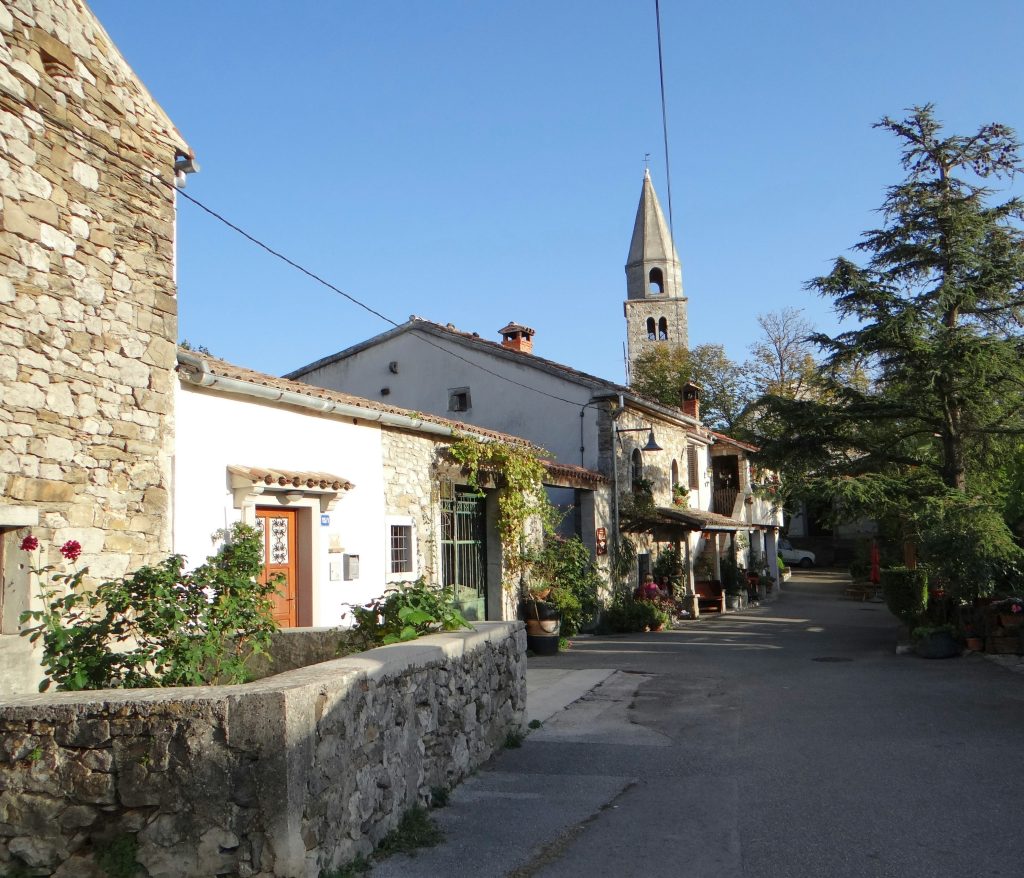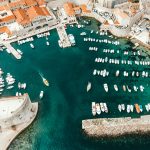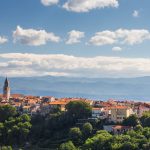March the 16th, 2024 – Did you know that with the arrival of ethnic Albanians on the Istrian peninsula, a new way of speaking was formed? Here’s a brief history of the now extinct Istrian-Albanian language, which “died” in the 19th century.
We’ve looked into the three main dialects which make up modern standard Croatian as we know it today, Shtokavian, Kajkavian (and Northwestern Kajkavian) and Chakavian. We’ve delved into dialects and subdialects such as Ragusan (the Dubrovnik subdialect), old Dalmatian, and some very sparsely spoken languages such as Istriot, Zaratin, Istro-Romanian and Istro-Venetian. Istrian-Albanian is now unfortunately entirely extinct, and there isn’t that much known about it.
First of all, I should explain that the Istrian-Albanian language ”died” in the nineteenth century, having arrived on the Istrian peninsula with the ethnic Albanians who moved there between the thirteenth and the seventeenth centuries. The Albanians who spoke this Northern Gheg form of Albanian were primarily settled there by Venice, which had an enormous amount of power at the time and of course then ruled over Istria, in an attempt to combat the increasing issue of depopulation of the wider area.
Of course, other ethnicities and nationalities also moved (or were moved) there by the then mighty Republic of Venice, and they also brought their various languages and dialects with them. This is part of Istria’s very long and freckled history which makes it so diverse and rich. If any part of Croatia can be (and has more or less always been) considered to be multicultural, then it is the Istrian peninsula. The sheer amount of ethnicities present there is a testimony to the history of that part of the country.
The various languages and dialects spoken by the settlers of that time eventually saw the evolution of the Istrian-Albanian language, with the only known surviving text written entirely in Istrian-Albanian having been written by the Italian priest, inventor and historian Pietro Stancovich/Petar Matija Stankovic (1771-1852) in the 1830s.
Most sources claim that it was spoken in the very small settlement of Katun (close to Porec) until the nineteenth century, especially given the fact that the very name ”Katun” draws its origins from Albanian, but there is very little known or officially recorded other than that. The reason for that could be similar to what has been observed with the Istro-Romanian language, in that many of its speakers were peasants who had little to no access to education, leading to the language simply being left to the often cruel hands of time. That said, we do know that the ”original” version of the Istrian-Albanian languages was spoken in the wider Bar region in neighbouring Montenegro, as well as in and around Skadar in Albania.
Little is left in the modern day in regard to the extinct Istrian-Albanian language, as preservation attempts were never really a motive for anyone, which thankfully isn’t the case for languages like Istro-Romanian, with both the Croatian and the Romanian governments attempting to keep it alive.











